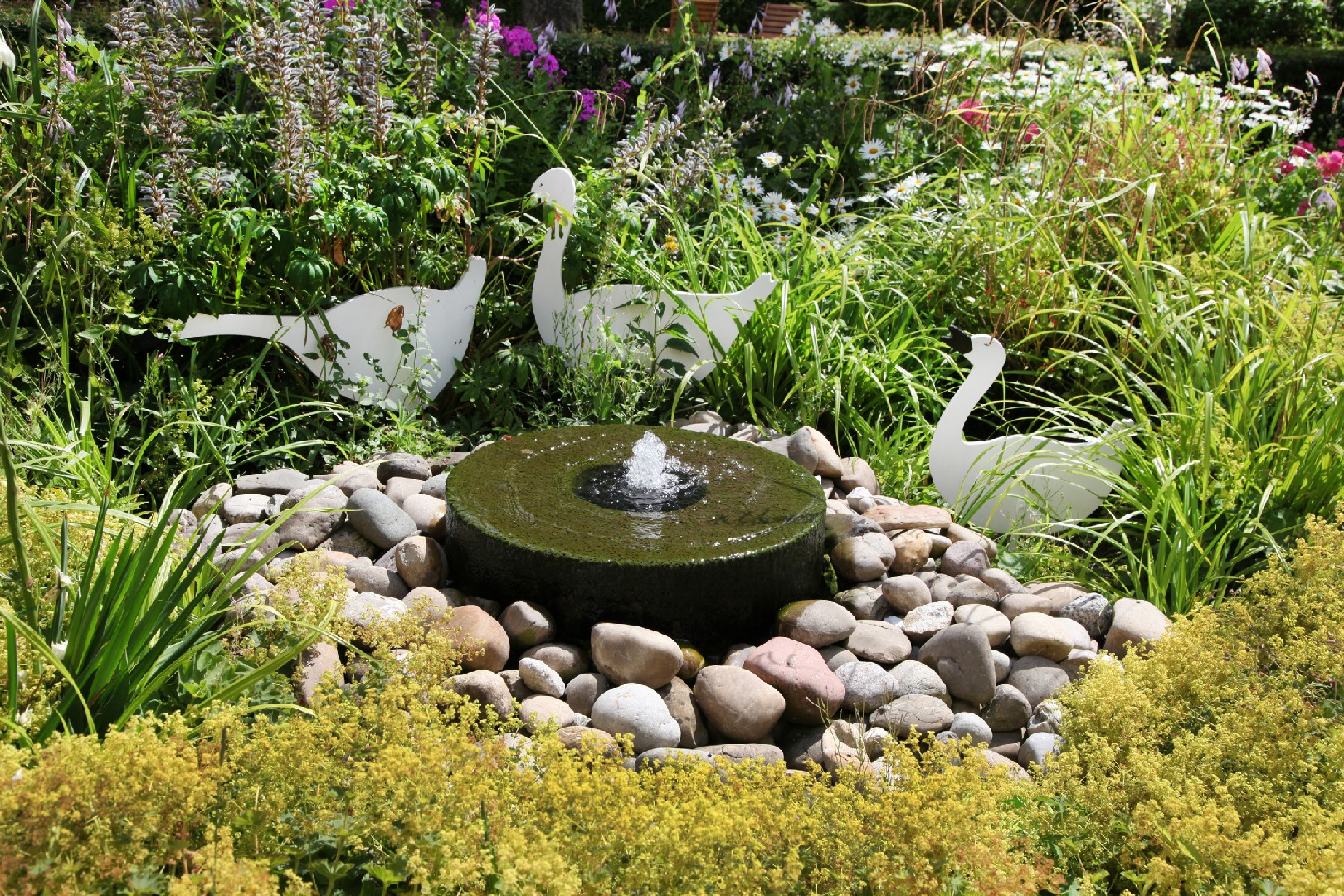![Rectangle]()
Water Efficiency: Advanced Irrigation Systems
Water efficiency is a key aspect of creating an eco-friendly garden that conserves water. By implementing advanced irrigation systems, you can effectively minimize water waste while ensuring that your plants receive the necessary hydration. In this section, we will explore some of the top technologies and techniques for water-efficient garden watering.
One of the most popular and effective methods for water efficiency is the use of automated drip irrigation systems. These systems deliver water directly to the plant's roots, minimizing evaporation loss and ensuring that every drop is used efficiently. Drip irrigation systems can be set to release water at specific intervals and durations, allowing you to customize the watering schedule according to your plants' needs.
Another efficient option is the utilization of soaker hoses. These hoses are designed to release water slowly and evenly along their entire length, providing a deep and thorough soak to the plants' root zones. Soaker hoses are particularly useful for large garden beds or rows of plants, as they can deliver water directly to the soil without wetting the plant foliage, reducing the risk of disease and water loss due to evaporation.
When choosing and installing efficient watering systems, there are a few factors to consider. Firstly, assess the specific needs of your garden, including the types of plants, soil conditions, and local climate. This information will help you determine the appropriate water delivery method and system.
Additionally, it's important to consider the water pressure and flow rate of your water source. Some systems, such as drip irrigation, require low water pressure to function optimally. If your water source has high pressure, a pressure regulator may be necessary to prevent system damage and water waste.
To install efficient watering systems, start by mapping out your garden and creating zones based on plant water requirements. This will allow you to group plants with similar needs together and optimize water usage. Next, lay out the irrigation system, ensuring that the tubing, emitters, or soaker hoses are positioned close to plants' root zones for maximum efficiency.
In conclusion, advanced irrigation systems are a valuable tool for achieving water efficiency in your garden. By implementing automated drip irrigation systems, utilizing soaker hoses, and considering factors such as plant needs and water pressure, you can minimize water waste and ensure that your plants thrive while being environmentally conscious. Make sure to research and choose the best irrigation system for your specific garden needs and contribute to a sustainable water future.





